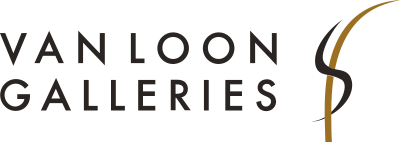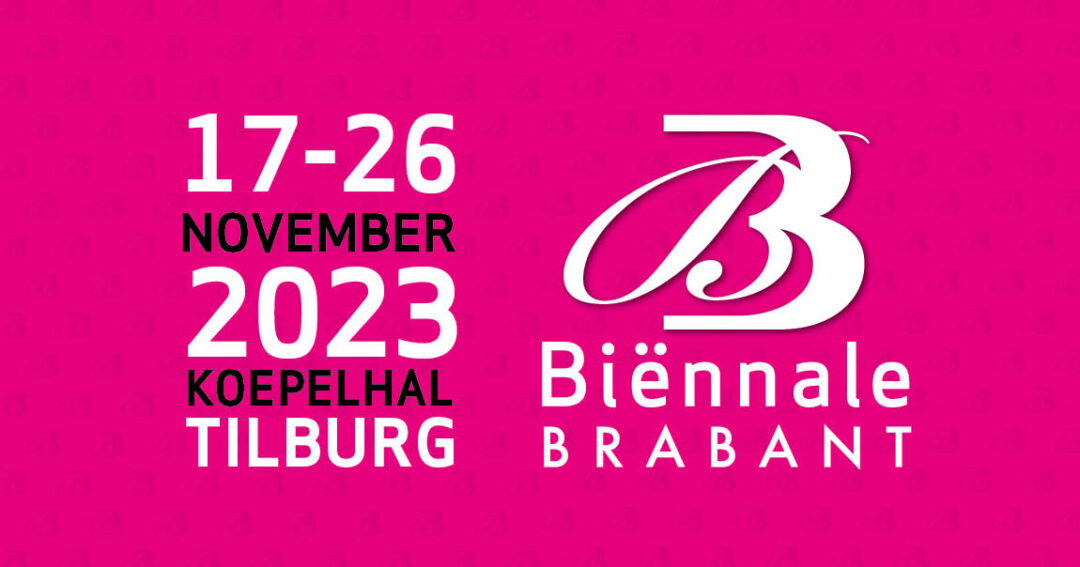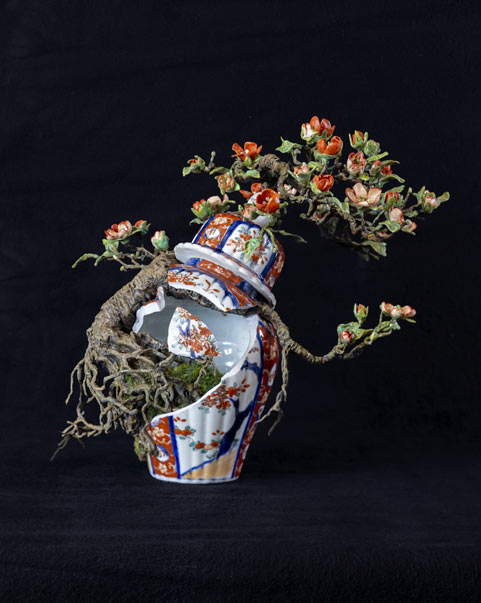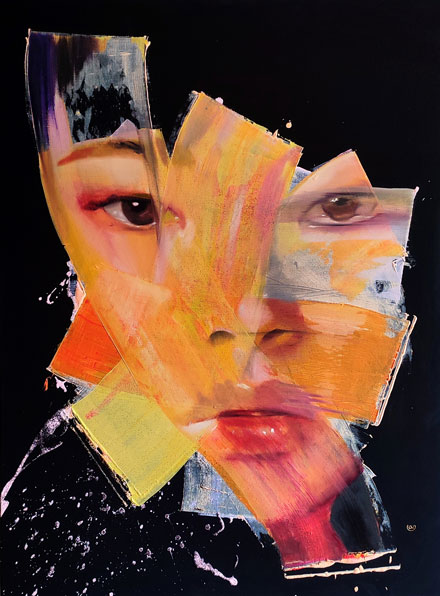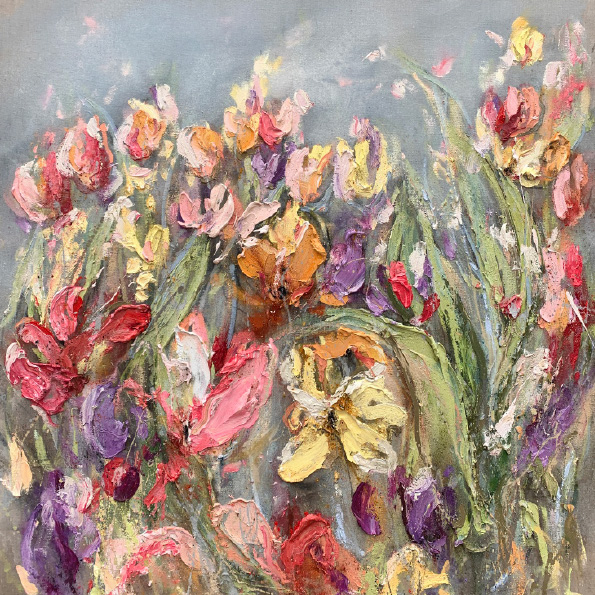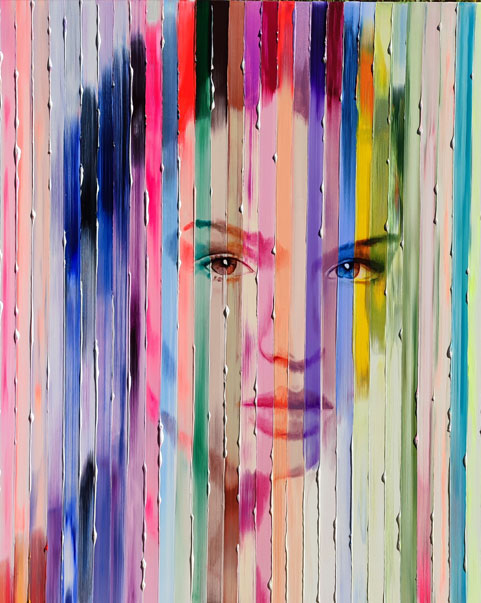INTERVIEW HUB POLLEN

Live interview in the gallery
On Sunday, February 20, Hub Pollen was present at the gallery to tell more about his works in a live interview, which can be seen in his solo exhibition from January 5 to March 13, 2022. Did you miss this afternoon? Do not you worry! Below we have summarized the highlights of the interview for you.
20 years ago you decided to become a painter. I take it you didn’t do it overnight. How did you come to this decision?
In 2001 we closed our specialty shop in fruit and vegetables, so I decided to pick up my long-dormant desire to paint.
In the invitation, our guests have been able to read that you learned to paint yourself. How did this process go?
I have bought materials that are necessary to be able to paint with oil paint. That’s how I started, first by copying paintings by Rembrandt, Johannes Vermeer and so on on the basis of photos. “Learn by doing”, so said. A little later I started painting by observation, as it is called. (paint what you see) It wasn’t until March 2007 that I had weekly lessons on Fridays from painter Maarten Boffé in Antwerp for over a year. From Reuver, where I live, it was about 125 km there and back in the evening. But it was more than worth it.
And who were/are your great examples?
In addition to the masters of the Golden Age such as Rembrandt, Willem Kalf and David de Heem, but also contemporary still life painters such as Henk Helmantel, Maarten Boffé and Bernard Verkaaik.
Do you work with natural light or artificial light? If you work with natural light, do you prefer painting in the morning or in the afternoon?
Every painting starts with a good composition and forms the basis for a good painting. I prefer to work in daylight and because my studio has a north-facing window, I have good light both in the morning and in the afternoon. However, if the days are very short, I also paint in artificial light, a daylight lamp.

You spend a lot of time composing. The (utility) objects that you use for this, how do you get them? Do you scour (antique) markets for that? And the branches, fruits, peppers, etc. are they natural? Do you paint with the seasons?
I prefer to paint from observation. However, because a painting takes many days due to the interim drying time, I use photos, especially with fresh products.
17th century painters often used their beloved objects over and over again. Do you have an object that you love to paint?
I like to paint glass and ceramics, but I don’t limit myself to them. All materials are always a challenge.
You use oil paint for your work, can you indicate why you prefer oil paint? Drying time of oil paint is long. Do you use varnish in the meantime, so that you can apply a second layer? And can you explain the term fat over lean to us.
I think oil paint is a great medium, you can blend the colors nicely into each other. You can also work in it a little longer. If you paint in layers, there is always a drying time in between, something the acrylic painter does not have. An intermediate layer of varnish is possible, but is certainly not necessary. It does not shorten the drying time. The rule of thumb is that you start with a thinned, so lean first layer and then the oil paint is thinned less per layer and it will become fatter. But you can also paint alla prima, that is also called wet in wet painting.
Can you ‘take us’ to your studio? Describe these for us? Are you always working on one work at a time or are there several works in different stages? Do you like a quiet environment or not?
Unfortunately I don’t have a large studio, but I can handle it. In my studio there is a cupboard with painter extras or a mix of all kinds of attributes such as pots, bottles, glassware jars, but also a blackbird’s nest, all kinds of feathers, eggs, shells and more. Also empty painting panels and canvases, an easel, a saddle stool, a mirror, oil paint and many brushes. I am usually working on several paintings. I like quiet music, but I can also work in silence.
